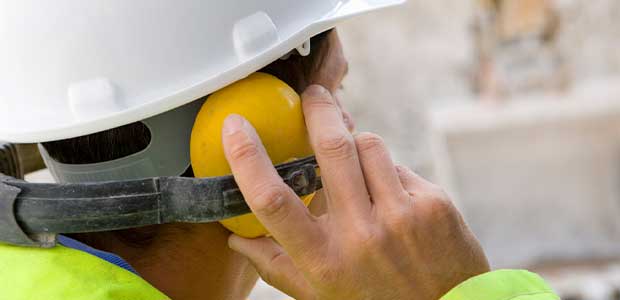
OSHA Implements Program to Prevent Workers from Hearing Loss in Hazardous Noise Settings
More than half of workers don’t use PPE to protect their hearing.
- By Shereen Hashem
- Jun 16, 2021
The Bureau of Labor Statistics reports that nearly one in 10 people endure noise levels at work that are loud enough to cause hearing loss while seven in 10 people experience moderately loud noise levels. More than half of the country’s manufacturing workers reported not using PPE for hearing protection, according to the bureau’s Occupational Requirements Survey published in 2019. OSHA’s regional office in Chicago established a Regional Emphasis Program to reduce workplace dangers and promote hearing conservation programs among Midwest manufacturing employers.
According to a press release, OSHA requires employers to implement a hearing conservation program when the average noise exposure reaches or exceeds 85 decibels, which the CDC compares to the sound of traffic or a gas-powered leaf blower. OSHA also provides employers with hearing conservation guidelines to prevent noise-induced hearing loss.
The press release says, the REP’s first phase will include informational mailings to employers, professional associations, local survey councils, apprenticeship programs, local hospitals and occupational health clinics as well as OSHA presentations to industry organizations and stakeholders. Employers are encouraged to use the agency’s free consultation services to help them implement noise safety strategies and ensure compliance with OSHA standards.
“Earning a living should not come at the expense of hearing loss,” said OSHA Acting Regional Administrator William Donovan in Chicago. “Hearing conservation programs are designed to prevent workplace hearing loss, protect remaining hearing, and provide employers and workers with the knowledge and equipment to control and reduce exposure to noise.”
OSHA wants employers to take the necessary steps to keep their workers safe to identify, reduce and eliminate hazards related to high levels of noise the REP’s initial phase. Beginning June 1, 2021, the three-month outreach, the REP empowers OSHA to schedule and inspect select manufacturing industries in Illinois, Ohio and Wisconsin with hearing loss rates that are higher than the national average.
About the Author
Shereen Hashem is the Associate Content Editor for Occupational Health & Safety magazine.